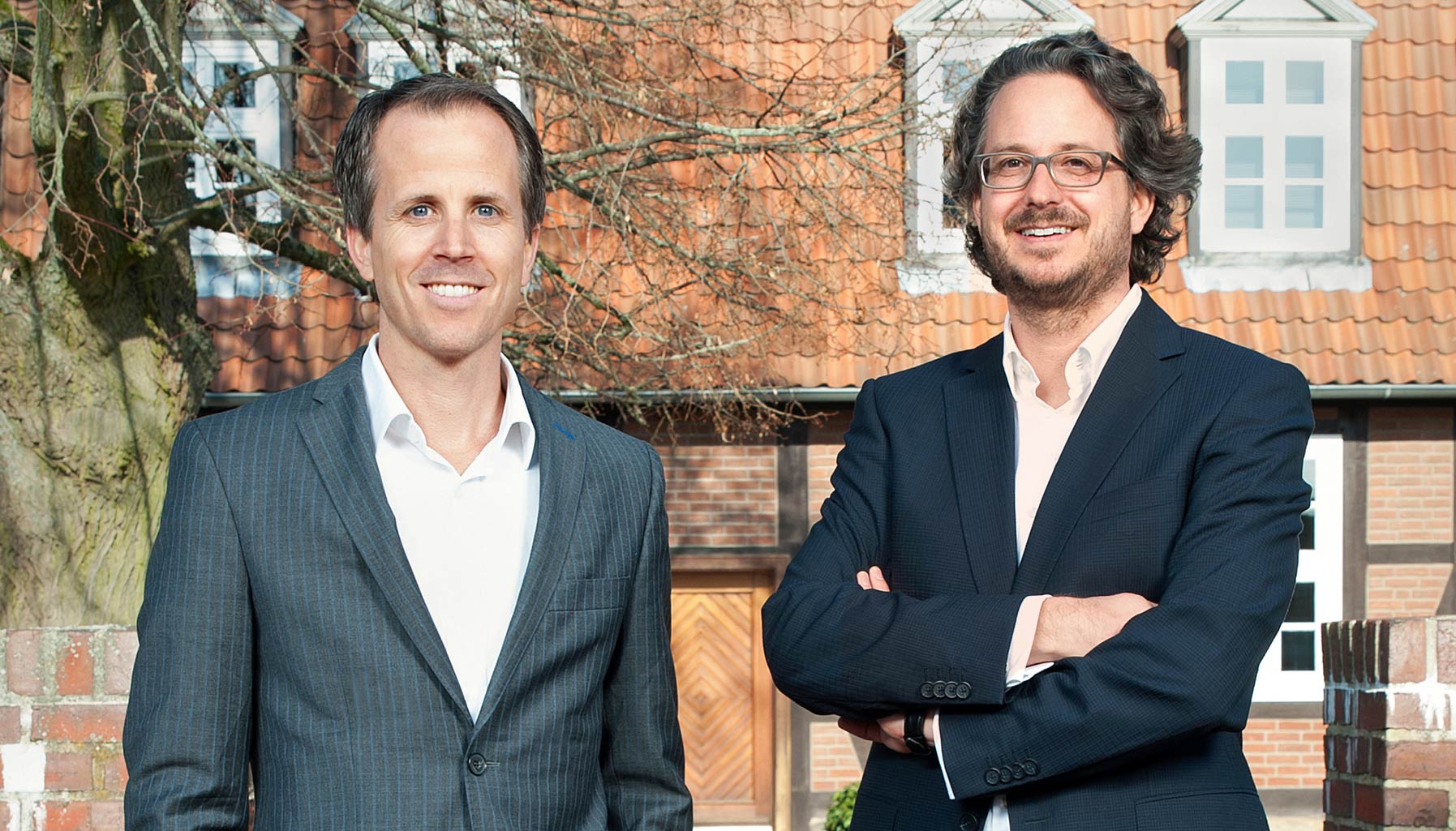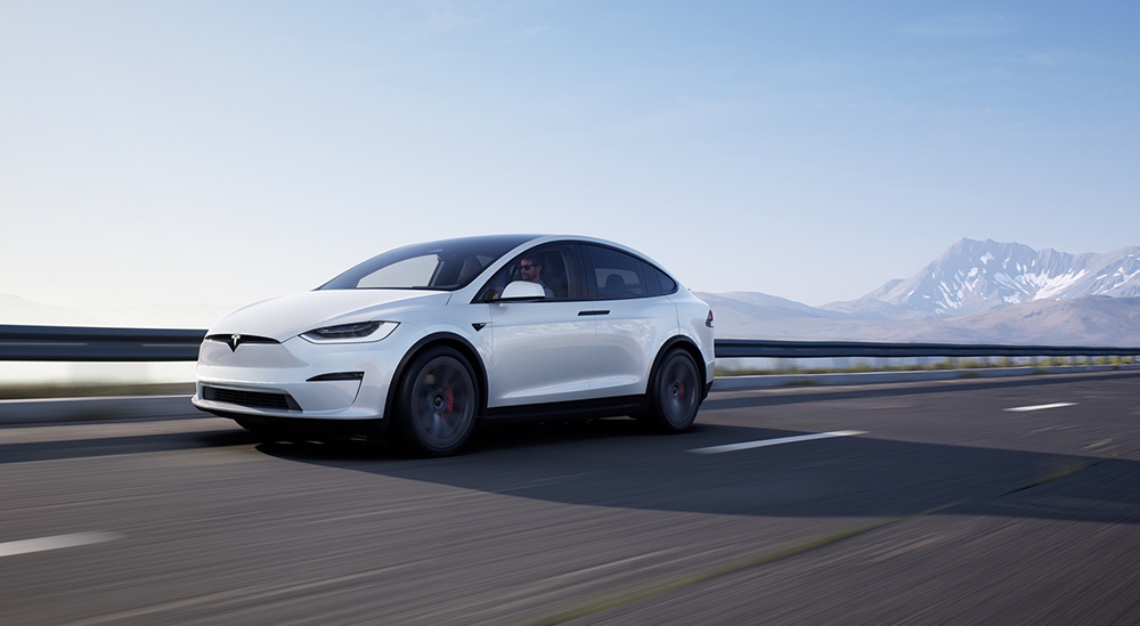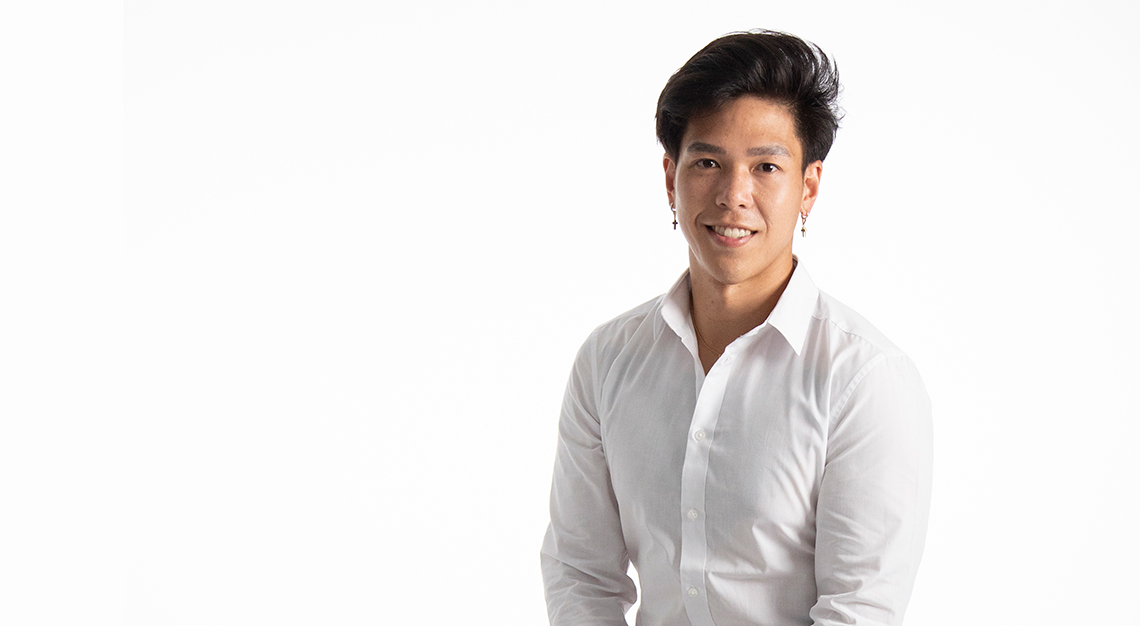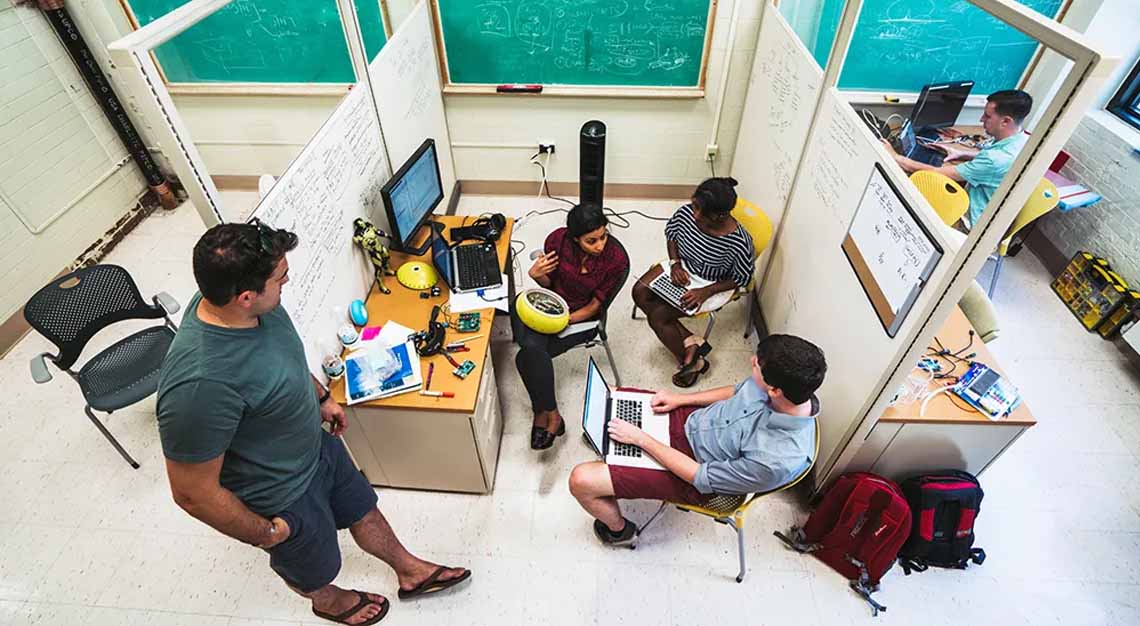Family Affair
In an age of multinational mega-conglomerates with complicated corporate holding structures, Sennheiser is a bit of an outlier.
Its corporate structure consists largely of 18 sales subsidiaries, and as a legal entity, it’s registered as Sennheiser electronic GmbH & Co KG, which means it’s a privately held company with limited liability. This belies the fact that Sennheiser is a company with a global reach, reputation and a sales turnover of €635 million (S$974 million) in fiscal year 2014.
For all its fame, Sennheiser is still a relatively small company, with 2,750 employees worldwide. More importantly, it’s still family-owned and -run. Yes, a pair of Sennheisers (people, not headphones) are in charge of the company as co-CEOs, another aspect of Sennheiser that makes it an anomaly in the modern corporate landscape.

Taking over the reins in 2013, Dr Andreas Sennheiser comes from a production and logistics background and Daniel Sennheiser has his professional grounding in marketing and design.
Aside from having two CEOs, Sennheiser also breaks with the modern corporate idiom in that it has no interest in being part of a consortium. Says Daniel, “One of our most important values is independence. It’s allowed us to sometimes go in directions which nobody else would … losing our independence would inevitably weaken the spirit of innovation and everything this company is good at.”
But ultimately, Sennheiser is a business, not a charity, and a business needs to make money in order to stay afloat. The portable audio market has increasingly seen a veritable deluge of low-cost, yet surprisingly competent competition. These days, one can get a pair of audiophile-grade in-ear monitors from an online shopping portal for below US$50 (S$68).This low-cost competition is something Dr Andreas is very mindful of, though he prefers to compete on quality. While he admits Sennheiser has lost market share to such rivals, he also welcomes the competition, saying “it’s what drives humanity forward”.
At the other end of the Sennheiser spectrum, there’s the recently released HE 1 (the successor to the Orpheus of the early 1990s), a no-holds-barred, cost-no-object work of audiophile art. It also costs €50,000 (S$76,380).
Despite its massive asking price, it’s unlikely the HE 1 is a money-spinner for Sennheiser, seeing as how it took over 20 years to develop and how the manufacturer had to perform innumerable audio engineering backflips to get the sound it desired from the headphones. Dr Andreas compared the HE 1 to a Formula One car, “a technology platform to try and push the limits of what’s possible”.He continues, “They don’t do that because they think it’ll make them a lot of money. In fact, it costs them a lot of money, but they’re able to develop new technologies based on the kind of competition their cars will be facing, and that’s what we did with the HE 1.”
People who have auditioned the HE 1 described it as nothing short of spectacular, often running out of superlatives, but there are precious few manufacturers who have the wherewithal – technical or financial – to bring such a product to market.
It’s clear Sennheiser is playing the long game, its family-owned independence freeing it from short-term investor concerns. However, it’s also proved it can react quickly to a changing market, releasing products that are complementary, but not necessarily directly related to, their core audiophile market.Dr Andreas says the smartphone has “had a great positive impact on our business”, and along with that, it now has a full line of headsets aimed at gamers and eSports professionals. At the recent IFA trade show in Berlin, it launched a pair of plug-and-play surround sound amplifiers, aimed at casual and professional gamers, promising an even more immersive audio experience.
It’s this increased immersion that seems to be the next big thing at Sennheiser, underscored by the launch of Ambeo at this year’s CES trade show in Las Vegas. Billed as virtual reality for your ears, Ambeo comprises hardware, software and interestingly, seemingly prosaic methods too, such as microphone placement. This is something the Sennheiser brothers say the family business is uniquely positioned, given how it has products made for the recording, mixing and playback processes.
“There’s one thing common to every Sennheiser product that can’t be measured by any equipment, but by the hairs on the back of your neck,” Dr Andreas says. “They reach for the heavens, as we say, which means the emotional impact of a Sennheiser product is greater than with any other brand.”






